Hiking & Travel Gear
Darche Roof Top Tent Solar Pop Up Compact Light
Don't Pay RRP: $44.95
Nebo SLYDE KING 2K Rechargeable Flashlight
Don't Pay RRP: $155.00
Distance Carbon Z Trekking Poles Ultra Blue 120cm
Don't Pay RRP: $329.99
Distance Carbon Z Trekking Poles Ultra Blue 130cm
Don't Pay RRP: $329.99
Explore Planet Earth Aluminium Cookware Set 4 piece
Don't Pay RRP: $109.95
Nebo DAVINCI 2000 Rechargeable Flashlight
Don't Pay RRP: $189.99
Outback Explorer Smart Storage Non-stick Pots with Silicone Lids & Fresh Keep Covers!
Don't Pay RRP: $159.99
Oztrail Earth Mat Camper Deluxe Silver 10mm Mattress
Don't Pay RRP: $21.99
Black Wolf Air Lite Pillow - New Colour Marine Blue
Don't Pay RRP: $32.99
Black Wolf Air Lite Pro Pillow - New Colour Marine Blue
Don't Pay RRP: $39.99
From mountain trails to coastal walks, there are plenty of places to choose your ideal hiking trail. Perhaps you want to explore new horizons or the area near your base camp, take a break after a long week, challenge yourself, or get lost in nature's sights and sounds. Whatever motivates you, your equipment should not be a hindrance. Here, we'll go over everything you need to know about making your hiking gear work for whichever adventure you choose to go on. Only the essentials are included. Maintain a light pack! To begin, decide on the type of hike you want to take. Knowing what hiking gear to bring also requires knowing what you'll be doing. Consider the type of hike you're going on (length, distance, climbing, technical difficulty) and the weather you'll encounter (climate, season, weather). Knowing the nature of your journey and the weather conditions will aid you in deciding what hiking gear and clothing to bring.
The length of the hike will help you determine how much water and supplies to bring. The only difference in essential hiking gear between a half-day and full-day hike is the amount of food and water you bring. For a multi-day hike, the gear choices become more complicated. Do you have a hiking tent, a sleeping bag, or a camping stove in your backpack? Will you require freeze-dried food? Extra layers of clothing? There's a lot of gear to select from, but your pack only has so much room! The difficulty of a trek is determined more by the distance and ascent included in your itinerary than by the length of time spent on it. The longer or more difficult the trip, the more important it is to hike light. Every kg saved translates to more energy and less stress on your legs, which is especially important near the finish of the course. At the end of the day, 1kg can seem like 7kg.
Prepare your route ahead of time so you know exactly where you're going and don't end up in overly tricky terrain. Topographic maps are accessible at local recreation places (national parks and forests, state parks), or you may readily locate them online. Your wardrobe choices will be influenced by the climate, season, and weather conditions that you hike in. The climate on the coast and in the highlands is vastly different. Concentrate on keeping oneself safe from the elements, whether it's the cold or the heat, the rain or the sun. The weather will assist you in determining the optimal season for your hike. Within the same itinerary, weather conditions can vary dramatically (snowy, chilly, or scorching, for example). Examine the weather forecast for the day of your hike or the duration of your journey. If there is even the slightest likelihood of inclement weather, you should bring extra layers of clothing (a waterproof jacket or windbreaker, rain pants, a change of clothes).
You should always bring the following hiking gear:
- Hiking boots of good quality
- Backpack for hiking
- Sunglasses, a hat, and sunscreen are all items that can help protect you from the sun.
- A hydration system as well as food supplies are provided.
- Depending on your preferences, a navigation tool could be a smartphone with maps, a map, a compass, an altimeter, a hiking GPS, or a GPS watch.
- First-aid items include a first-aid kit, an emergency blanket, a multi-tool with a knife, a flashlight, and a cellphone.
Optional Hiking Gear:
- If you're used to walking poles, they can be very useful on steep terrain.
- If it rains, cover your backpack with a rain cover.
- For multi-day excursions requiring shelter, bring a lightweight hiking tent, sleeping bag, or camping mat.
- Liner for sleeping bags
- Travel towel made of microfiber
- If you're going on a multi-day hike, you'll need a camping stove, pots and pans, and silverware.
- If you plan to hike on exposed terrain, bring a harness, rope, and carabiner.
- A spare set of clothes
- Socks - a nice pair of walking socks is necessary for your comfort and to prevent rubbing and blisters.
- Depending on the weather, wear shorts or pants. Pants that convert to shorts are also available.
- Underwear made of synthetic fibres or merino wool that is breathable. For women, a comfy sports bra.
- For cold mornings or summits, a fleece midlayer or a small down jacket is recommended.
- You should bring a change of T-shirt for when you reach the summit or for the descent, as you will most likely be sweating.
- For multi-day hikes, bring a change of underwear.
- In case of rain, a windbreaker or waterproof jacket is recommended.
- In the event of rain, waterproof overpants are recommended.
- When it's cold outside, a down jacket is a must-have item to keep in your pack. They're cosy and have a good weight-to-volume ratio.
- Depending on the temperature and what you are used to wearing, you may choose to wear a cap, sun hat, bandana, or beanie.
- Gloves: just in case it gets chilly.
- Gaiters: in case of snow or if you're wearing low-cut shoes. Leaches are a problem.
- Hydration and nutrition - high calorie food and plenty of water.
- At least 1 litre of water should be able to be stored in your hydration system. Choose a backpack that has a separate compartment for water, either inside the bag or on the straps. If it's hot outside, or if there are long periods where you won't have access to water, bring more.
- During a cold break, an insulated beverages bottle or a thermos of tea is often appreciated.
- For isolated treks, bring water purification tablets or a filter.
Bring enough food, energy bars, and dried fruits to last the duration of the trek. To avoid hypoglycemia and other conditions that slow you down, eat on a regular basis. Save the pleasure of your freeze-dried dinner for solo hikes and morning rations. Keep an additional energy gel or bar at the bottom of your bag at all times (or even in your first aid kit).
Other hiking gear and essential items to consider:
- Your smartphone with a GPS application, and remember to download the maps before you go so you can view them even when you're not connected to the internet.
- A GPS watch with an altimeter and barometer is a good choice.
- A map of the topography
- A compass and an altimeter are both useful tools (not used as often due to the proliferation of cell phones and watches)
- A knife or a multitool that includes a knife
- A flashlight (at least a light emergency model at the bottom of your bag)
- A fully charged cell phone with saved emergency contacts
- Identity documents and phone numbers for everyone you need to contact in the event of an accident, as well as information about any medical issues or medications you're taking. In the event of an accident, this information could be extremely important.
Optional hiking, depending on the circumstances (extreme):
- If it's freezing outside, bring matches/lighters and candles. If you're trekking in dry weather, keep in mind that carrying some items may be prohibited due to the risk of wildfire.
- If your phone or GPS battery dies, you'll need an extra battery.
- In case of isolated hiking, bring a two-way radio, a satellite phone, and GPS tracking.
Is hiking a component of your other hobbies, such as photography, wildlife watching, or paragliding? Keep your gear as light as possible. It's not nice to be burdened down by your pack, and it will limit your movement. Avoid going on a short hike alone and share your route with at least one other person, whether you're going on a short trip or an exposed trek. These modest procedures may prove to be crucial in the event of an emergency. If you can, bring a little bag with you to carry your litter and any litter you find home with you mother nature will apprieciate it.
Why shop with Outback Equipment?
-
We’re Australian owned and operated – We’re based right here in the south of Brisbane. If you ever need help with an order or a product, you can call straight through to our friendly local team.
-
Plenty of payment options – You can pay via PayPal, MasterCard, Visa, zipMoney, Afterpay, and direct deposit – whichever is most convenient for you.
-
Delivered to your door – You don’t have to worry about darting across town to grab your order. We deliver your goods straight to your door to save you time and energy.
Order Your Hiking Gear Today
Stay in complete control of your hike. For the best camping and hiking gear Australia has to offer, shop online to find the final additions to your recreational activity today.





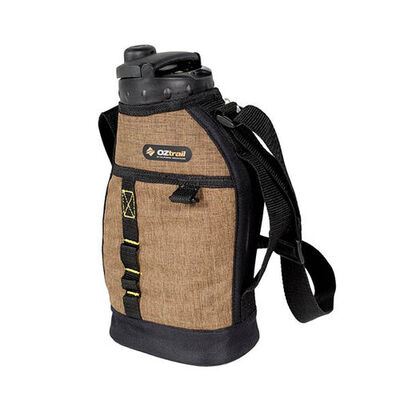
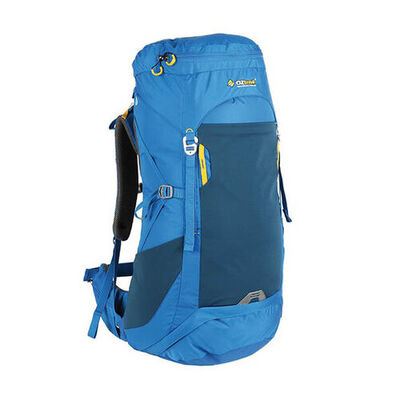
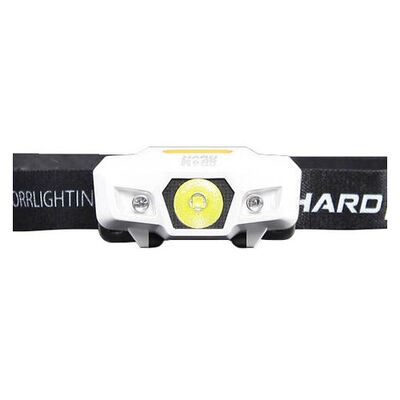
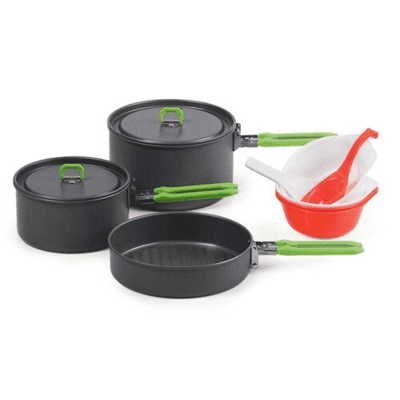
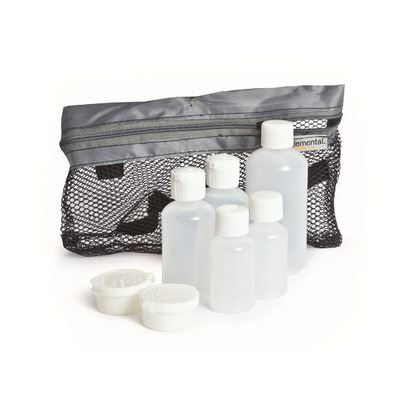
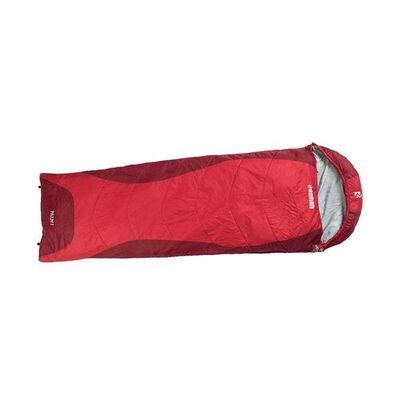
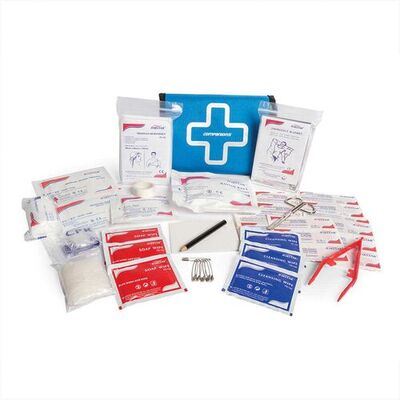
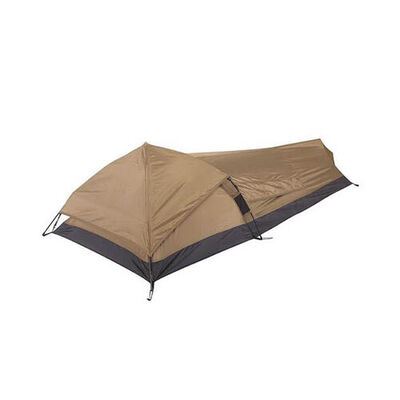
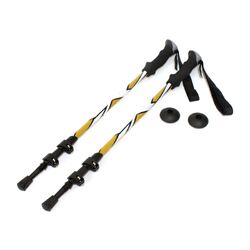



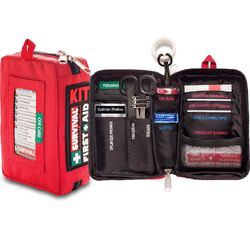
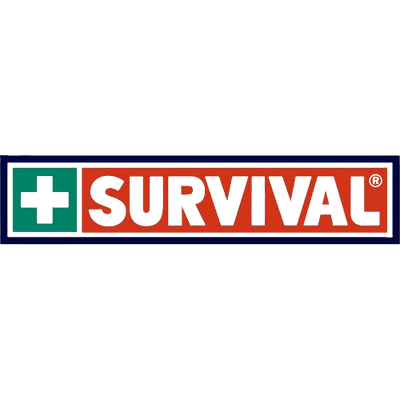
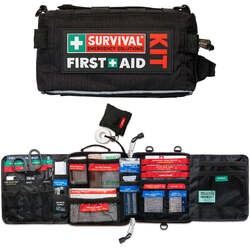
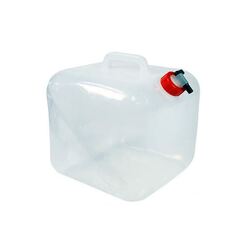

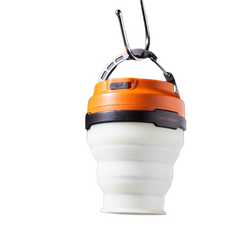

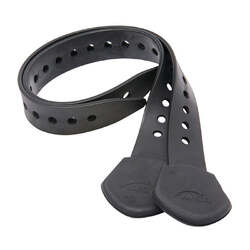

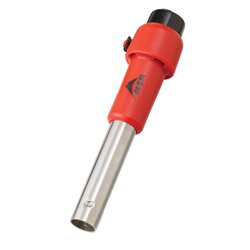
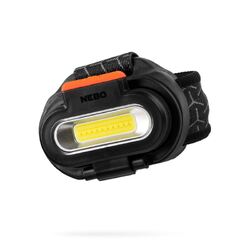

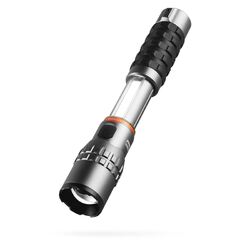
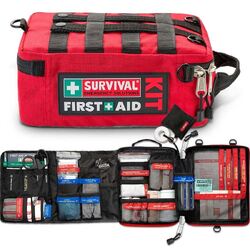
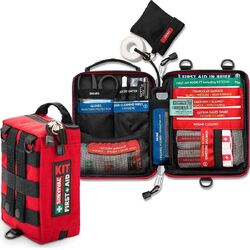
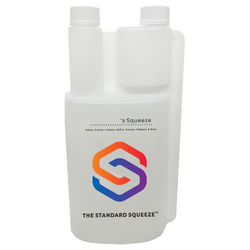
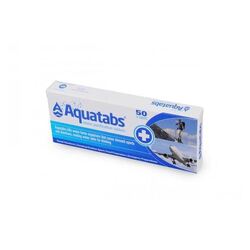

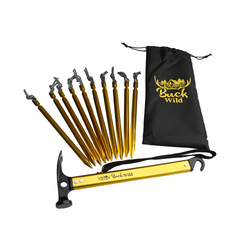

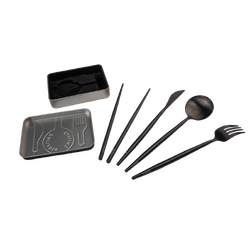
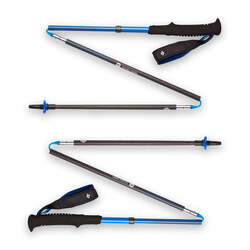

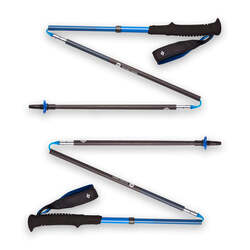
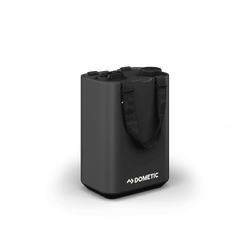

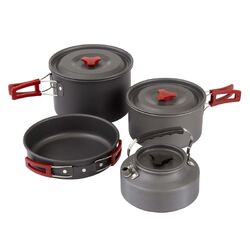

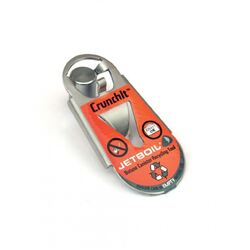

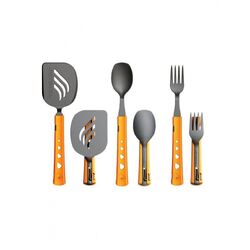
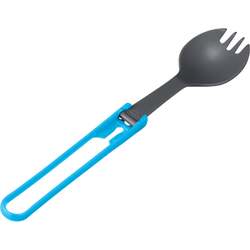
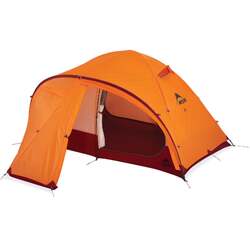
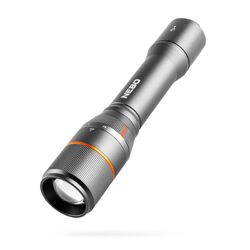
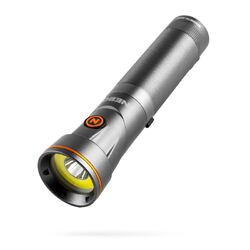
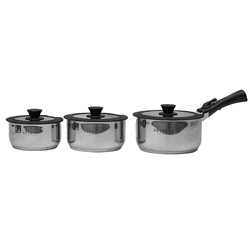
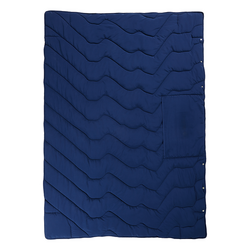
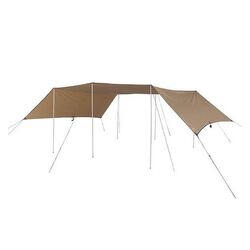
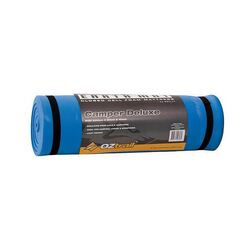
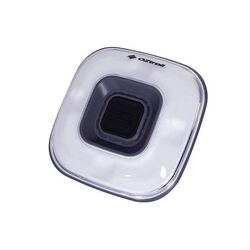
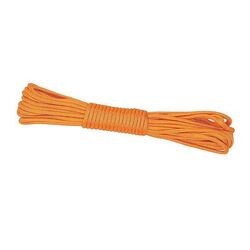
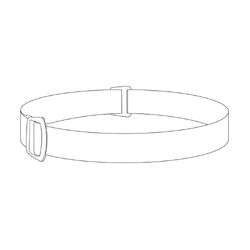

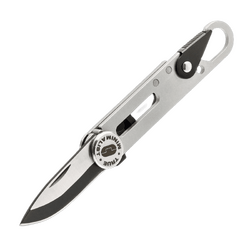



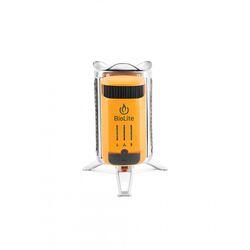

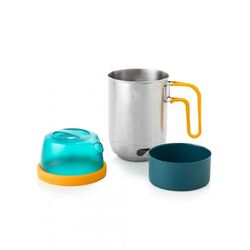
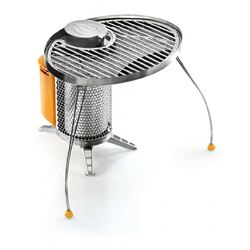
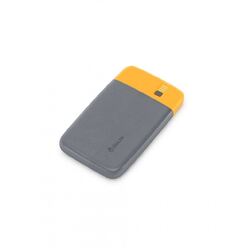
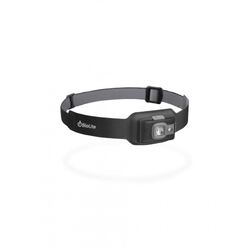
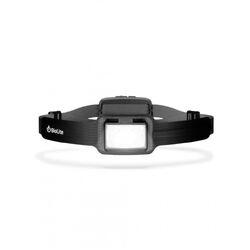
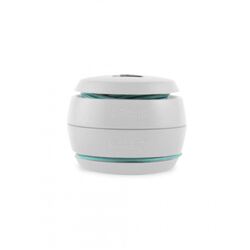
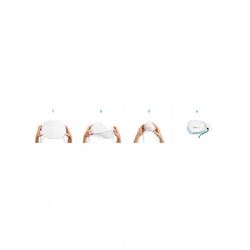
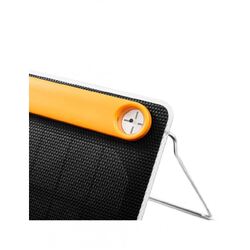
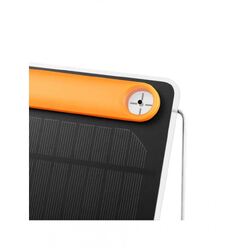
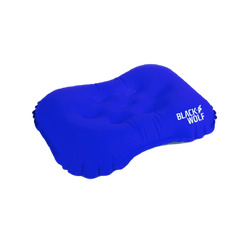

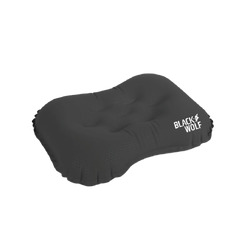
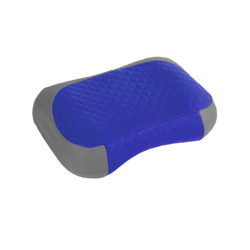
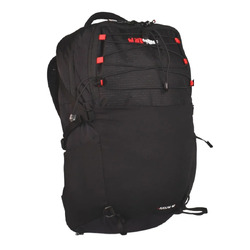
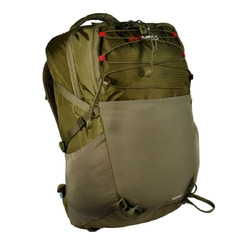
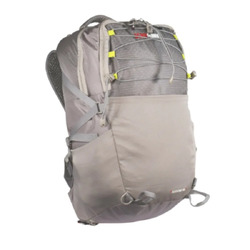
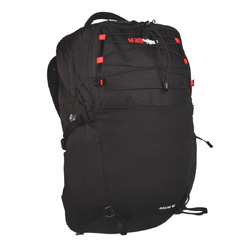
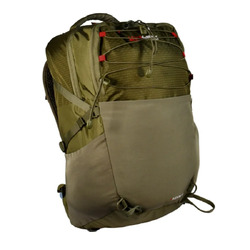
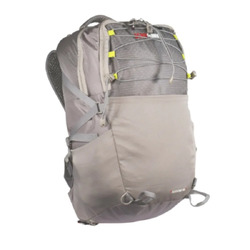
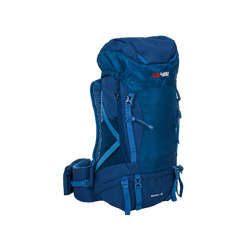
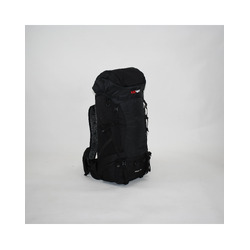
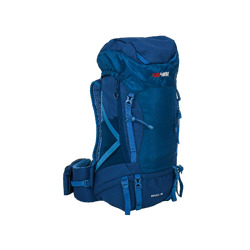
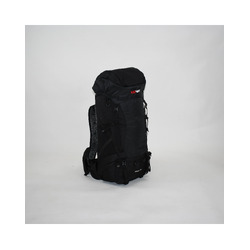
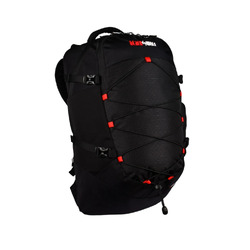
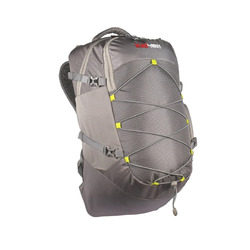

.png)